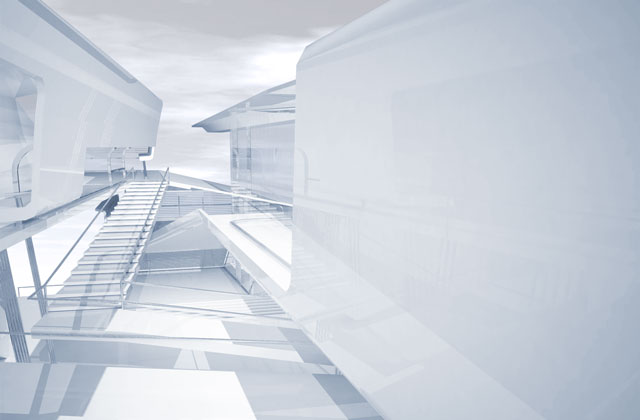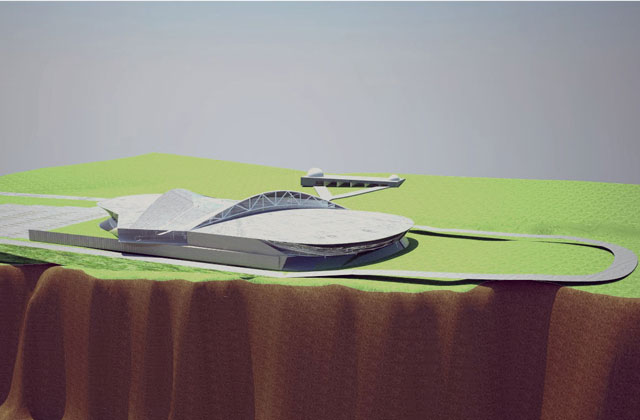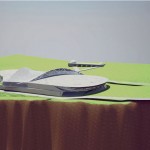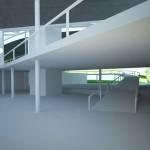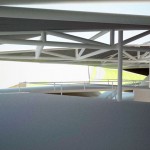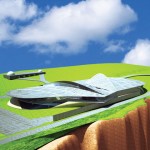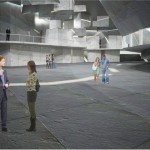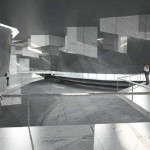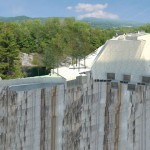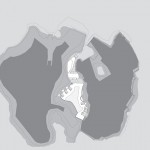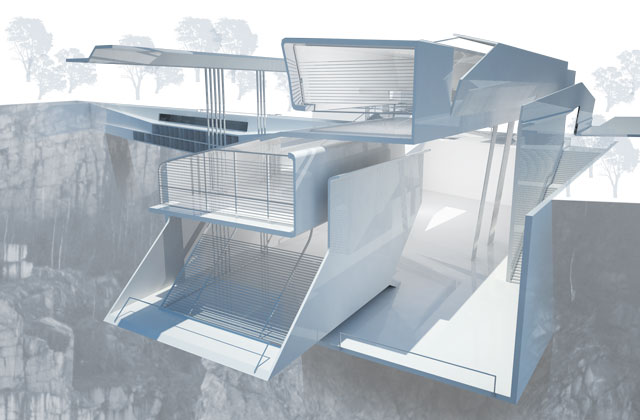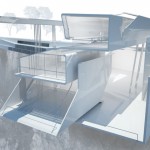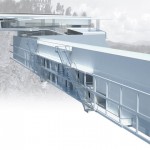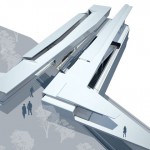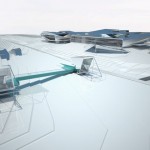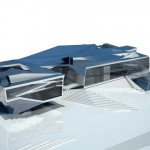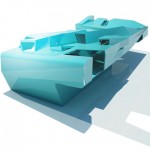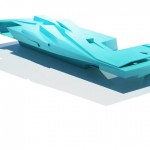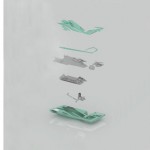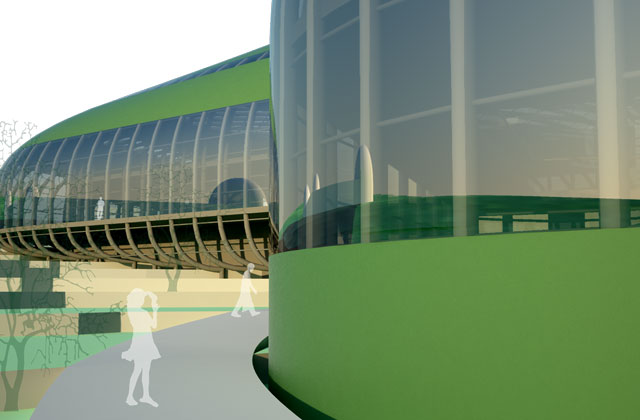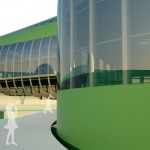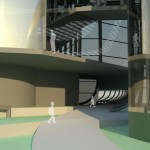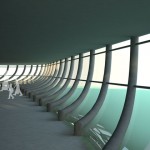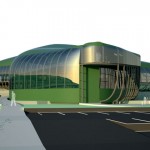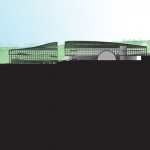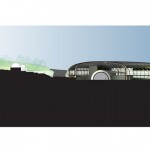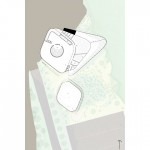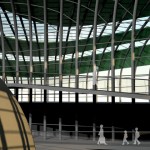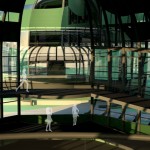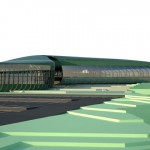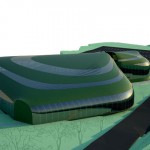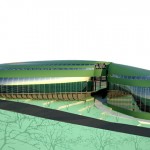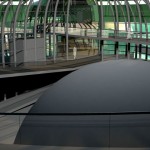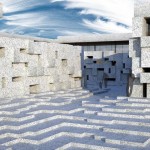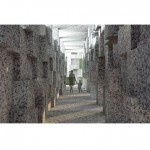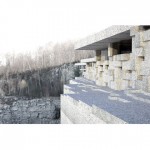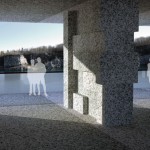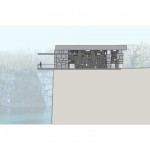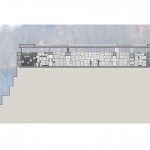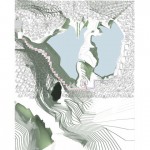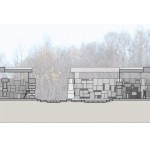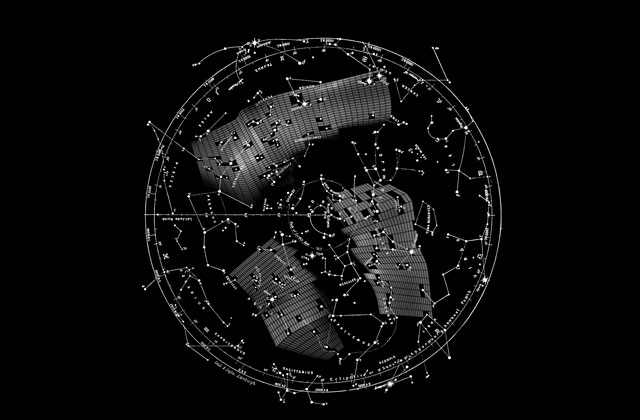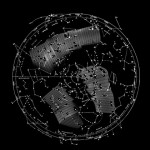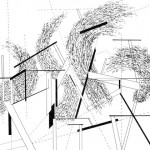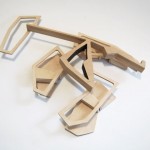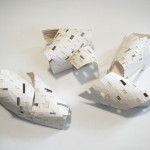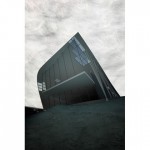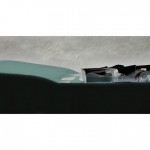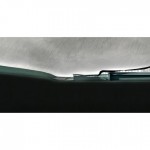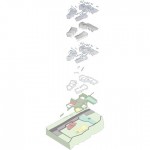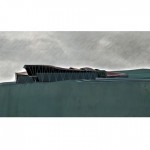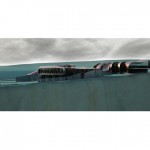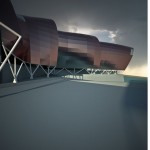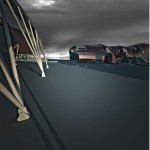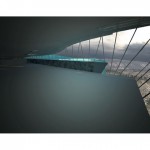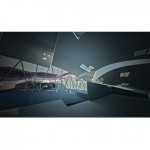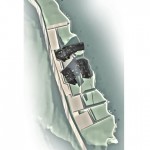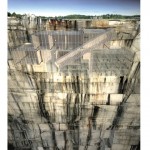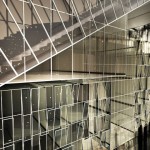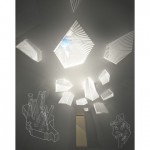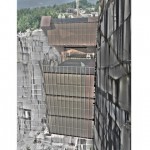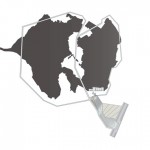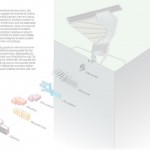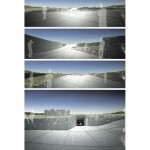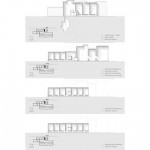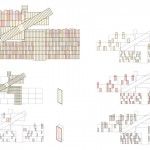2011F_Vertical_David Bell
ARCH4240/50/60.02 | David Bell, Associate Professor
Vertical Arch Design Studio: “Earth & Sky”
Selected Student Work:
Michael Mancuso
John Wallace
The premise for this studio was to explore how architecture can express the relationship between earth and sky. The vehicles for this exploration were two projects each of which had either the earth or the sky as the primary focus of its program and site. Of special interest in this connection was the enigma of gravity, the product of a reciprocal relationship between matter, space, and time.
The first project entailed the design of a new facility for the Dudley Observatory. Founded in Albany, NY in 1852, it is the oldest independent organization in the US supporting research and education in astronomy and its history. Although its fortunes have reversed in recent decades, it is now in a position to become a nationally recognized center for educational outreach and historical research in astronomy by partnering with other similar organizations. The astronomical observatory directly associated with this facility is not for primary astronomical research but public education. It will house the historic Pruyn telescope, an impressive artifact of late-nineteenth century technology installed in the original Dudley Observatory building. The organization has a large collection of other valuable scientific artifacts and texts requiring an extensive exhibition space. In addition to the observatory and exhibition spaces, it needs meeting rooms, a large lecture hall, media center, etc. The Dudley Observatory will also sponsor and include two small contemporary research telescopes on its premises. The location for this project was Thacher Park approximately twelve miles due west of Albany, NY. The park sits atop the Helderberg Escarpment, one of the richest fossil-bearing formations in the world. The specific project site within the park was an overlook affording dramatic views of the Hudson River Valley and Berkshire Mountain chain more than forty miles to the east. Along with the new facility for the Dudley Observatory, the program included a botanical garden and conservatory.
The second project was a six-week competition sponsored by the Lyceum Fellowship. The site for this competition was the Wells-Lamson granite quarry in Barre, Vermont. The quarry, which is more than 500 feet deep, ceased active use in 1986. The charge was to design a building complex encompassing four distinct but interrelated programs for an institution devoted primarily to visual, literary, landscape, and performing artists. It included an educational pavilion, artists’ studios and residences, and a memorial. Commensurate with the size, scale and emotional impact of the quarry, the design response had to engage in a significant way the seasonal variations of central Vermont as well as the site and its environs, which include a deciduous forest and nearby town.
